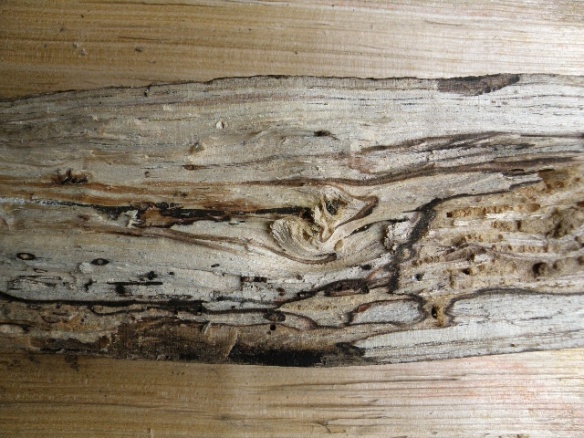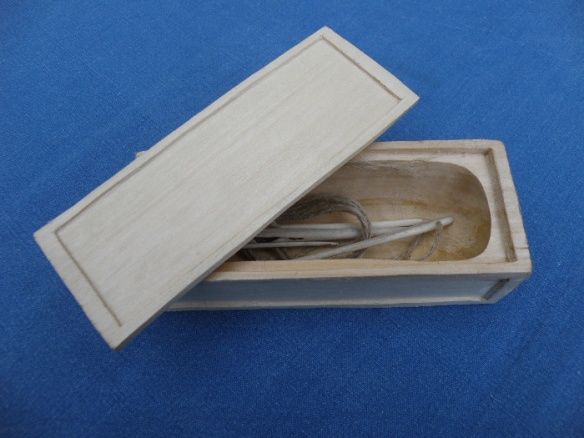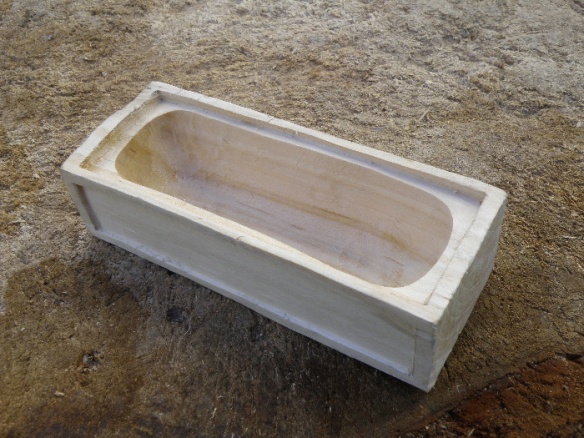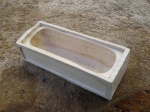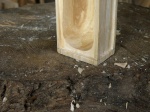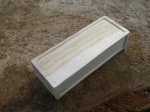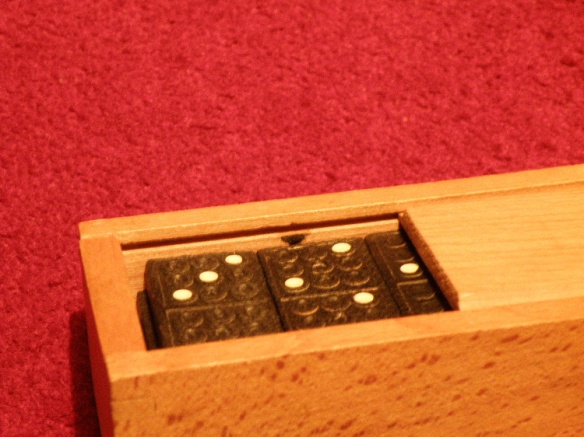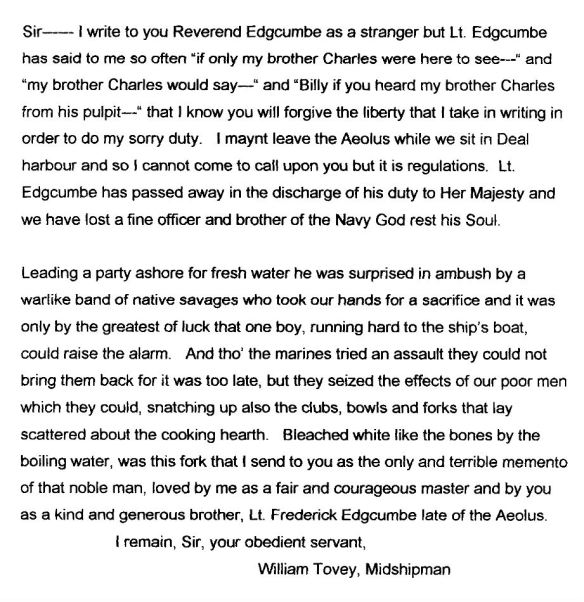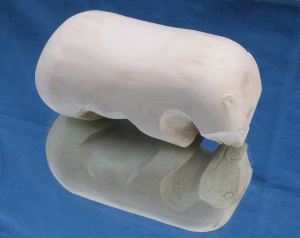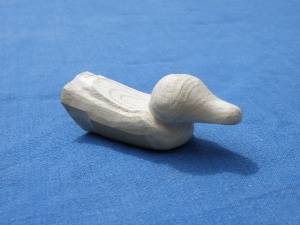Have you seen the amazing archaeology being excavated at Must Farm by the Cambridge Archaeological Unit? Must Farm is one of the most important Bronze Age sites in Europe, because of the spectacular preservation. The remains that survive are wonderfully intact, including things that we’ve never seen before.
This includes, for example, the roofing timbers of the settlement’s roundhouses; whole pottery bowls with their contents; a fleet of log boats; animal tracks and footprints in the mud around the settlement. Check out the photos from the past few months’ of digging – there’s even the most complete Bronze Age wheel!
Amongst the staggering preservation of organic remains, one of the many lovely things is a small wooden box, SF2747. The Must Farm team has already shared Vicky Herring’s scale drawing of this find and I’m planning to make some facsmiles and replicas. This weekend I made a preliminary rough-out to discover what problems I might encounter. I picked up some fairly straight grained willow on Saturday that had only just been felled, so it’s really green and good to cut with edged tools. This is how I got on:
This slideshow requires JavaScript.
We don’t yet know what species the box is carved from, but it’s a hollow form; meaning it was carved from one piece of wood, not made from panels jointed together. My rough-out is approximately the right size and is carved from a billet cut from the same portion of branch as the Bronze Age box. Its base and two long sides have recessed panels like the original, although their depth and shape need adjustment.
Inside, I have carved roughly the right shape but didn’t cut a groove to seat a lid. The original seems to have a groove for a lid to fit into, but no lid was found with the box and I’d like some more information before working on this.
First thoughts
The internal dimensions are challenging to carve. The box is about 37mm wide inside and 29mm deep, making for a very narrow, shallow space to get tools and fingers into. Working with very green wood is a great help, but the thin sides and base are at greater risk of splitting as the wood dries out. And the dimensions will change as the wood dries, that’s something to compensate for.
The drawing suggests that the corners in the bottom of the box are rounded, concave, curves. I achieved this using my spoon-knives. It’s not clear to me whether this shape was original or the result of use, or of change over time in the waterlogged mud. If original, then this suggests that the Bronze Age carver did not use a straight edge to cut right-angled corners into the box.
That’s an issue because there are many cutting tools from the Bronze Age with straight or flat edges, but very few that cut in the way that spoon-knives cut. And although there are various types of gouge, the internal space of this box is tiny – hardly any space in which to turn the cutting edge of a tool to make these complex curves and so that the wood fibres are cut, not torn. A closer examination of the original might throw some light on this.
The type of wood will make a difference to its cut-ability too. The willow I bodged has an open, fibrous, texture making it tricky to get a good finish in that tiny inside. Also, the fibres tend to pull out giving the outside a slightly hairy look where I haven’t finished it tidily. The widest growth ring shown in the box drawing is about 5mm, and in the c47mm radius in the end-grain of the box there are 15 rings. It looks like a diffuse-porous tree species (one in which the Spring-grown and Summer-grown vessels are of an even size across the growth ring). It will be interesting to see just from where in the tree the specialist analysing the box thinks the wood was taken.
